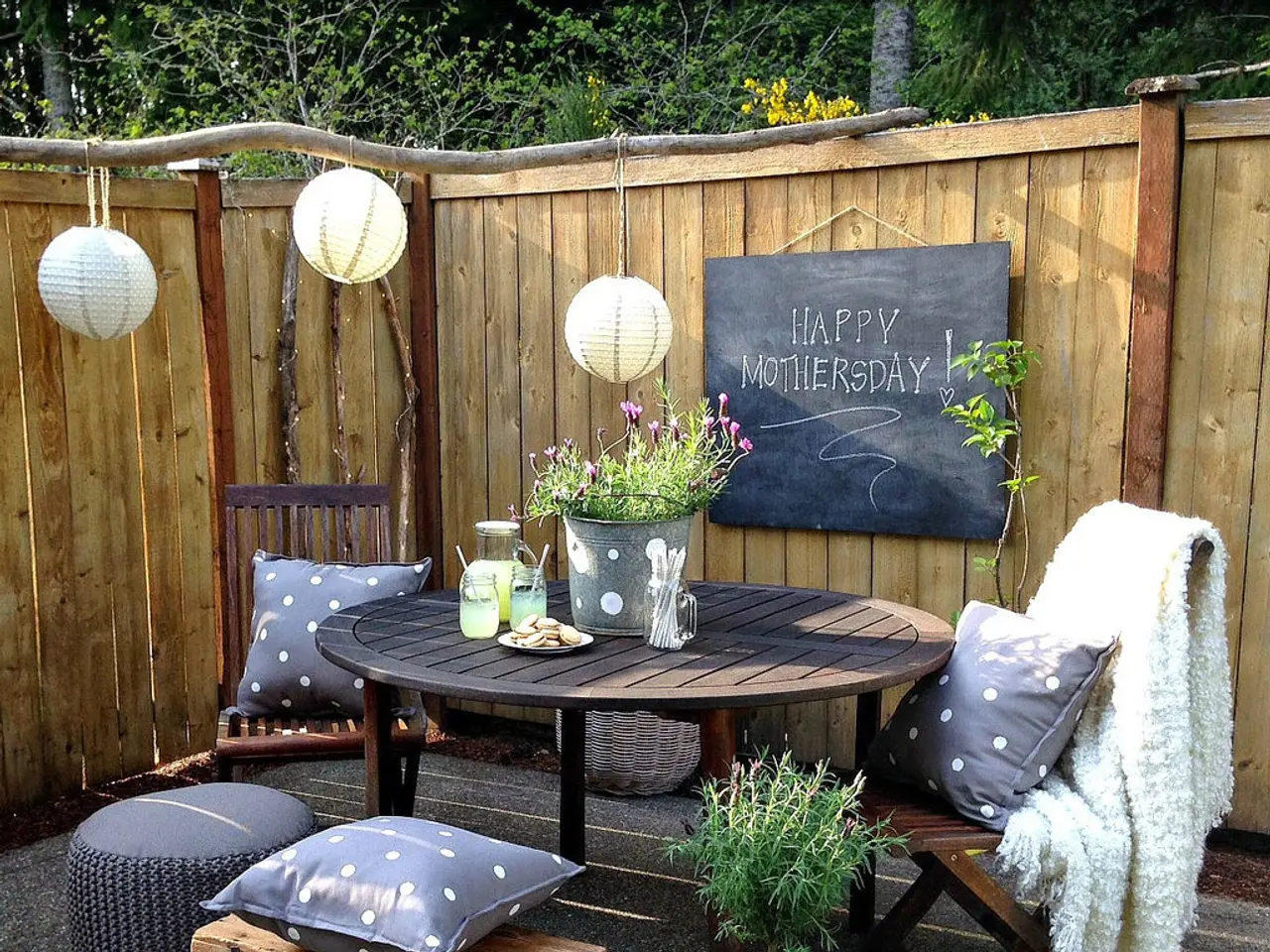Energy efficiency and cost decreases through the implementation of balcony power stations
In many countries, including Germany, homeowners and tenants are being encouraged to adopt renewable energy solutions, with balcony power plants being one of the most accessible options. These compact solar installations, typically consisting of one or more solar panels and an inverter, can be installed on balconies, terraces, or small outdoor spaces without the need for major structural changes.
The purchase price of a balcony power plant varies depending on its capacity and equipment, but it typically ranges between 500 and 1,500 euros. For example, a four-panel, 800-watt setup can generate around 1.2 to 3 kWh per day, depending on location and sunlight conditions, making it sufficient to power some household appliances or cover a significant share of electricity use for small loads.
The initial investment cost for such small-scale systems can be recouped through energy savings and potential subsidies. A typical payback period for residential solar installations is approximately 9–13 years, but balcony power plants could have shorter paybacks if installation and permitting costs are minimal and electricity prices are high. Portable balcony solar panels avoid expensive installation and permit requirements, reducing upfront costs and thus improving cost-benefit efficiency compared to traditional rooftop systems.
Assuming an 800W balcony system generates 1.2 kWh/day, over a year it produces about 438 kWh. At an average electricity cost of 15 cents per kWh, this results in around $65 savings annually. If the system cost is approximately $1,000–2,000, payback would be between roughly 15–30 years unless electricity costs rise or subsidies are applied; however, in high-price or subsidy contexts, payback could be substantially shorter.
Solar energy, used by balcony power plants, is a renewable energy source that is available in unlimited quantities. Excess electricity generated by balcony power plants can be fed into the grid and remunerated, generating additional income. This not only benefits the individual user but also contributes to reducing CO2 emissions and promoting the use of renewable energy, which is beneficial both ecologically and economically in the long run.
In Germany, KfW Bank offers low-interest loans and repayment subsidies for private investments in renewable energy, including balcony power plants. To maximize the electricity generation of a balcony power plant, consider a south-facing orientation, optimal panel inclination, and minimal shading. Regular cleaning of solar panels can help maintain efficiency and maximize light absorption.
Balcony power plants offer the opportunity to protect against rising electricity prices by generating your own electricity. The amount of power a balcony power plant can generate depends on factors such as the size of the solar panels, their orientation to the sun, and the geographical location. By scaling hardware up to around 4,000 watts, these systems can power a large share of home electricity needs.
In summary, a balcony solar power plant averages around 1–3 kWh/day generation; with low installation costs, it can provide noticeable electricity savings and a payback period roughly around a decade, varying by location, system size, and energy costs. Balcony power plants are a cost-effective and eco-friendly solution for individuals looking to reduce their carbon footprint and save on electricity costs.
- Other countries can adopt similar strategies, encouraging homeowners and tenants to invest in renewable-energy solutions, such as balcony power plants.
- For individuals considering sustainable-living practices, integrating a renewable-energy source like a balcony power plant into their home-and-garden could be beneficial for both their personal-finance and the environment.
- In the renewable-energy industry, budgeting for the installation of a home power plant, such as a balcony power plant, should consider factors like the initial investment cost, energy savings, and potential subsidies.
- With the growing importance of renewable energy, financial institutions like KfW Bank in Germany offer low-interest loans and repayment subsidies for private investments in renewable-energy solutions, including solar panels for home-and-garden use.
- As renewable energy adoption increases, it's crucial to optimize the performance of renewable-energy systems, like balcony power plants, through practices like south-facing orientation, optimal panel inclination, and regular cleaning.




